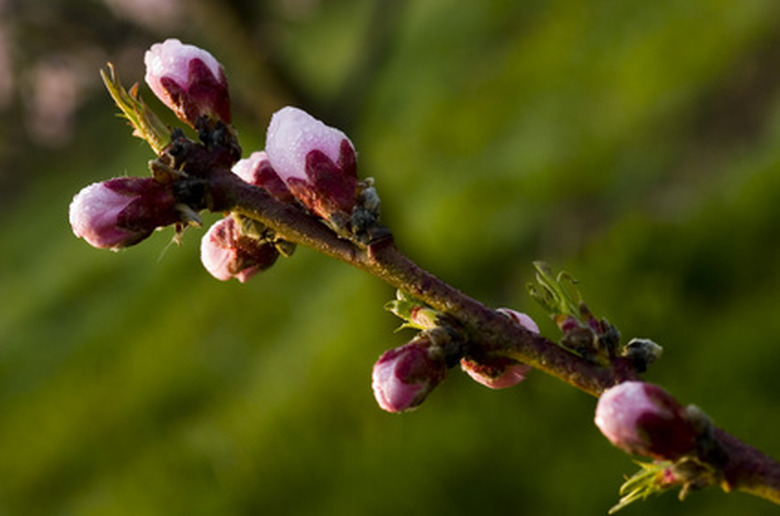Fruit Trees In Phoenix
Arizona has distinct climate zones based on length of the growing season, average temperatures in the winter and elevation. Phoenix is in the low desert zone that enjoys warm winters—with very hot summers—and a long growing season. For gardeners, this long season is ideal, providing the opportunity for almost year-round harvesting. Phoenix is in USDA plant hardiness zone 9.
What to Avoid
Phoenix is not the ideal climate for all fruit trees, however. To grow successfully in Phoenix, trees require a certain number of cumulative hours in the winter when the temperature is below 45 degrees but above freezing. This allows the tree to emerge from its dormant state, bloom as it should in the spring, and produce fruit.
- Arizona has distinct climate zones based on length of the growing season, average temperatures in the winter and elevation.
- To grow successfully in Phoenix, trees require a certain number of cumulative hours in the winter when the temperature is below 45 degrees but above freezing.
In Phoenix, trees with lower chilling requirements tend to have better fruit production because the winters are simply too warm. This is generally accepted to be 600 hours or less of chilly temperatures per winter season. Trees that meet this criteria include avocado—which does not require any chilly temperatures—fig trees, persimmon and pomegranate.
Citrus Trees
Citrus trees grow very well in Phoenix and surrounding desert areas. Citrus has been an important commercial crop for generations of Arizona farmers. The desert climate causes the fruit to have a wonderful mix of flavor. The hot weather helps make the fruit particularly sweet; the cool winter temperatures add a layer of tartness.
- In Phoenix, trees with lower chilling requirements tend to have better fruit production because the winters are simply too warm.
Lemons, limes, grapefruit, tangerines and oranges are all good choices for the backyard gardener. These definitely do not have chilling requirements, in fact some citrus trees are frost sensitive, such as lemon trees. Cover these on cold nights with burlap or sheets.
Plant citrus trees–and all fruit trees–in soil that drains well, so water can reach the entire root system of the tree. Drainage can be tested simply by digging a hole and filling it with water, then seeing how many hours it takes to drain out. Phoenix soil often has a hardened calcium carbonate called caliche that blocks the flow of water through the soil.
Borderline Choices
When choosing the tree to plant in your Phoenix backyard, take their chilling requirements into account to avoid being disappointed with the fruit production. Plum and apricot trees, depending on the variety, require between 400 and 1,000 hours of cool temperatures. Look for a variety at the lower end of this scale, and the trees may bear fruit successfully.
- Lemons, limes, grapefruit, tangerines and oranges are all good choices for the backyard gardener.
- Plant citrus trees–and all fruit trees–in soil that drains well, so water can reach the entire root system of the tree.
Golden Delicious apples require 850 chilly hours per winter season, so these trees are not the best choice for a Phoenix gardener. Pear trees are not either. The popular Bartlett pear has a requirement of 800 hours. The Red Haven variety of peach tree needs 950 chilly hours or more of chilly temperatures, whereas the Desert Gold only needs 250 hours.
